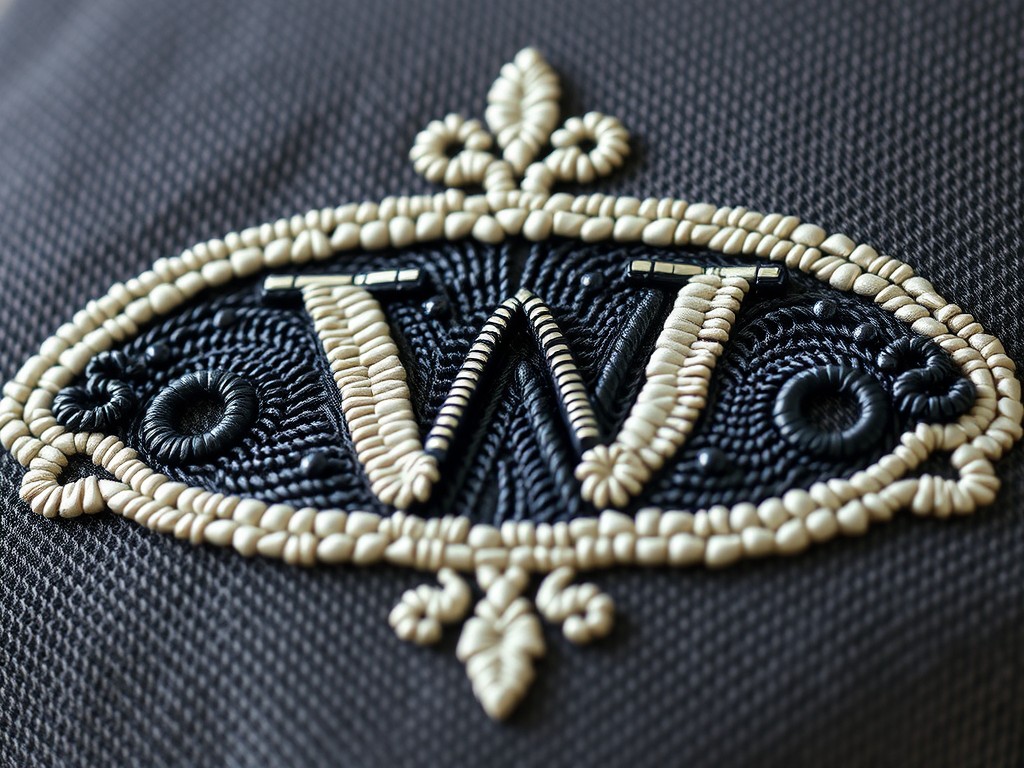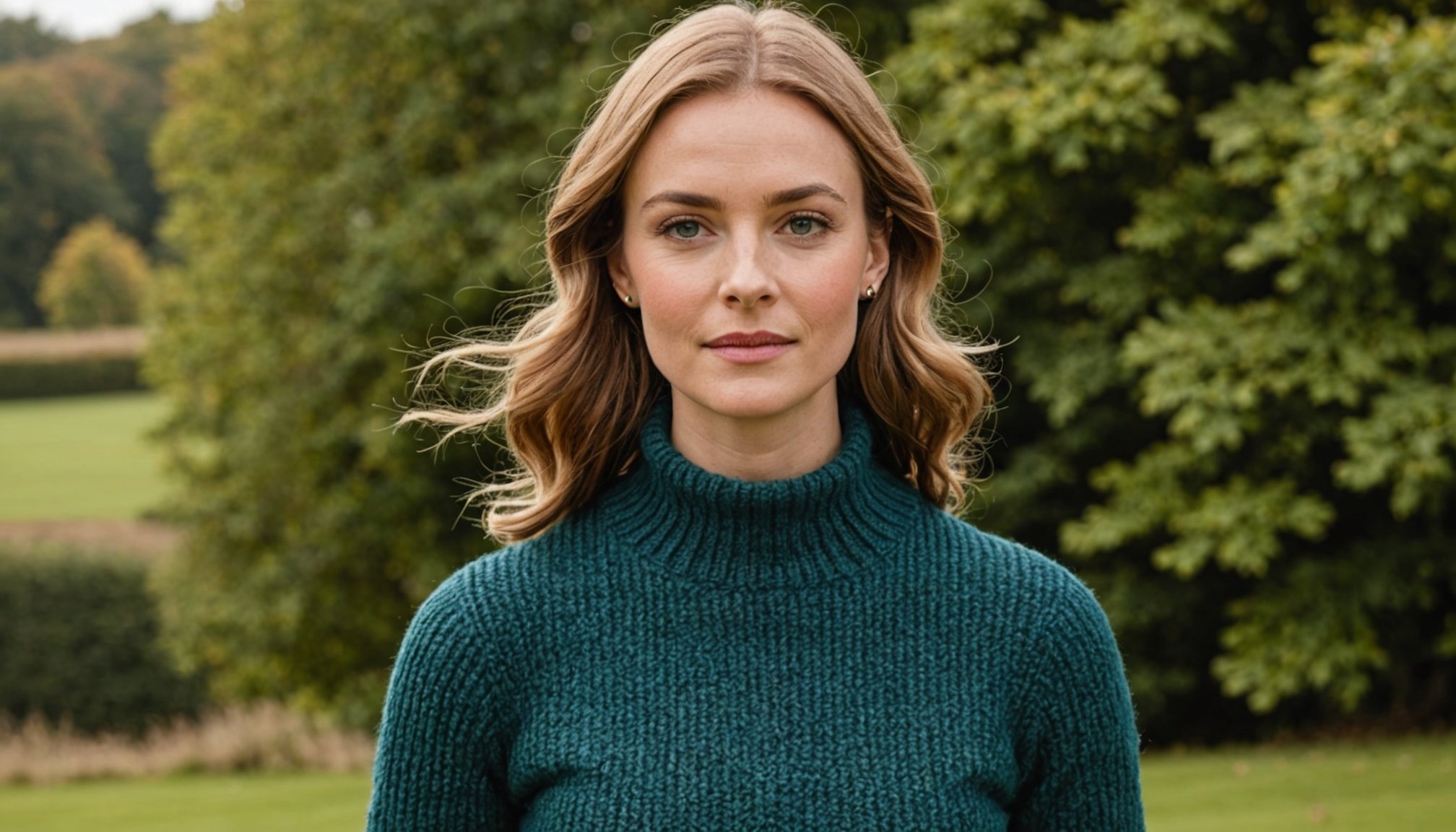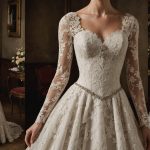Understanding Wool Types and Qualities
Selecting the ideal wool for custom knit sweaters involves understanding the different wool types and their unique qualities. Commonly used varieties like Merino, Shetland, and Lambswool each offer distinct attributes. Merino wool is renowned for its exceptional softness and breathability, making it a top choice for comfortable knitwear. Shetland wool, on the other hand, is noted for its durability and warmth, perfect for crafting lasting garments. Lambswool, taken from a lamb’s first shearing, is soft yet resilient, providing a comfortable and snug fit.
Softness, durability, and breathability are three essential qualities to evaluate when selecting wool. Softness ensures comfort against the skin, while durability guarantees that your knitwear will withstand regular use. Breathability aids in maintaining a comfortable body temperature, making your custom knit sweater versatile for various climates.
Also to see : Discover the best uk brands crafting custom scarves: your go-to guide for personalized style
In the UK, regional wool varieties offer additional benefits and uses due to distinct environmental factors. These wools can provide unique textures and warmth, adding character to your knitwear projects. Understanding these regional differences can help you select wool that best suits your project’s needs and desired outcomes, ultimately enhancing the quality of your custom knit sweaters.
Essential Tips for Wool Selection
Selecting the right wool involves understanding the weight and gauge that best suits your custom knit sweater. The weight of wool influences the thickness and warmth of the garment, while the gauge determines how many stitches you have in a given area, affecting the texture and fit. Choosing the appropriate weight and gauge ensures your sweater meets your comfort and style preferences.
Also to see : Discover the pioneering uk brands revolutionizing sustainable and eco-friendly fashion
Testing the wool on your skin is crucial for determining its comfort and suitability. Perform a tactile test by gently rubbing the wool on your wrist to see if it feels soft or itchy. This simple trial can judge whether the wool will be comfortable for long-term wear. Ensure the yarn chosen aligns with your knitting skills and desired project outcome.
Sourcing sustainable and ethical wool is a responsible choice contributing to environmentally friendly fashion practices. Look for certifications like the Responsible Wool Standard and brands committed to ethical farming practices. These ensure the wool is produced with minimal environmental impact while supporting animal welfare. Thoughtfully selecting wool not only benefits the maker but also promotes a more sustainable textile industry, supporting ethical practices in wool production.
Mastering the Art of Knitting with Wool
Engaging in wool knitting requires mastering essential techniques to enhance your custom knitwear with unique textures and styles. Different wool types, such as Merino, Shetland, and Lambswool, will influence these techniques. Each type demands specific approaches to make the most of their inherent qualities.
Essential Knitting Techniques
Understanding basic to advanced knitting techniques can elevate the quality of your knitwear. Techniques such as cabling and lace knitting can be adapted to the unique characteristics of various wool types, allowing you to explore different aesthetics and functionalities in your knitwear projects.
Customizing Knitwear
Customizing your creations through diverse stitch patterns and textures allows you to add personal touches to your knitwear. Incorporating cables, bobbles, or lace can create intricate patterns tailored to your style. Consider how the weight and gauge of the wool influence the fabric’s appearance and feel, offering opportunities to craft a truly bespoke garment.
Troubleshooting Common Issues
Encountering issues is a natural part of the knitting process. Pilling, uneven tension, and incorrect gauge are common challenges in knitting with wool. Address these by regularly checking your gauge and using appropriate knitting needles for your chosen wool. Techniques like blocking can also help maintain the shape and finish of your finished pieces, ensuring they look and feel as intended.
Classic British Plaids: Styles and Combinations
British plaids are timeless style staples that lend a touch of classic elegance to any wardrobe. Whether it’s the iconic tartan, versatile checks, or casual gingham, each pattern holds a significant place in fashion history.
Exploring Different Plaid Patterns
Among the core patterns, Tartan is perhaps the most renowned. This pattern carries historical significance and often features in traditional Scottish attire. Checks, with their clean lines, offer versatility and adaptability, making them ideal for both formal and casual wear. Gingham, known for its equal-sized checks, provides a fresh and relaxed vibe, perfect for summer garments.
Integrating Plaids into Your Wardrobe
To style plaids effectively, consider starting with one statement piece per outfit. A plaid shirt or skirt can be paired with neutral colours to allow the pattern to stand out without overwhelming the outfit. For the more adventurous, a full plaid suit can create a bold fashion statement.
Mixing Plaids with Other Textures
Combining plaids with various textures can enhance visual interest and depth in an outfit. Try pairing a plaid wool sweater with leather trousers or a velvet blazer to create a luxurious, multi-dimensional look that’s sure to turn heads.
Visual Inspiration for Wool and Plaid Combos
Explore endless possibilities with wool and plaid outfits for a captivating style journey. Discover an array of visual examples showcasing the seamless blend of wool’s softness with the bold personality of plaid. These pairings offer a unique flair to any wardrobe.
Curated looks display how traditional wool sweaters can team up with vibrant plaid skirts or trousers, creating stunning contrasts. For a coherent ensemble, opt for a monochrome palette, where subtle hues allow the textures to shine. Alternatively, embrace colour by combining a rich Merino wool jumper with a lively tartan scarf for a punchy, yet elegant statement.
Delight in case studies highlighting UK designers who lead the way in integrating these patterns into fashion. Their work exemplifies creativity, pairing wool’s timeless allure with plaid’s heritage charm. Draw inspiration from their seasonal collections, sparking fresh ideas for your style repertoire.
Plaid accessories such as hats, bags, or ties provide an effortless means to incorporate these patterns while leaving room for flexibility in outfit planning. This innovative mix not only celebrates tradition but also encourages modern style inspiration, making every ensemble a canvas for artistic expression.
Patterns and Projects to Try
Exploring knitting patterns can spark creativity, offering a range of possibilities for crafting custom knit sweaters. Start by selecting patterns tailored to specific wool types, such as Merino or Shetland, to enhance their distinctive qualities. For Merino wool, consider patterns that highlight its softness, like a delicate lace cardigan. In contrast, Shetland wool lends itself well to warm, sturdy garments like a classic cable-knit pullover.
Engage in step-by-step DIY projects that seamlessly incorporate plaid elements into knitwear. Adding plaid features, such as a tartan-inspired motif, can transform a simple sweater into a stylish statement piece. This allows knitters to blend classic British patterns with modern design, enriching their wardrobe with personalised touches.
For sourcing inspiring wool sweater patterns, explore both physical and digital resources. UK-based platforms, known for their rich textile heritage, offer a plethora of options catering to various skill levels and preferences. These resources can provide valuable guidance, helping knitters craft high-quality garments. Embrace the full potential of each knitting project, merging traditional craftsmanship with contemporary flair, ultimately creating knitwear that is both functional and uniquely expressive.











